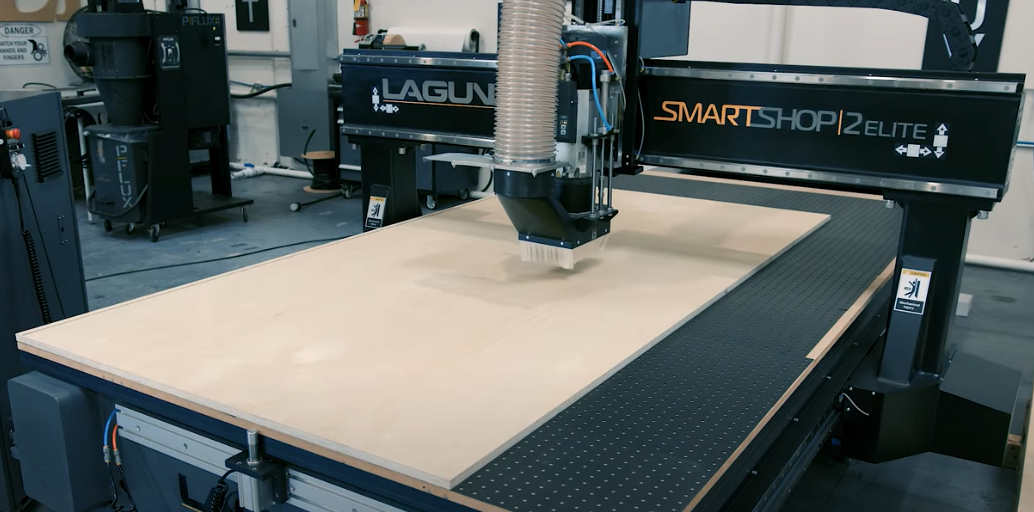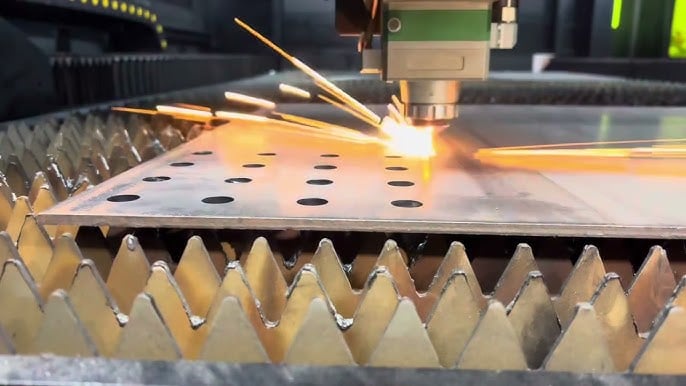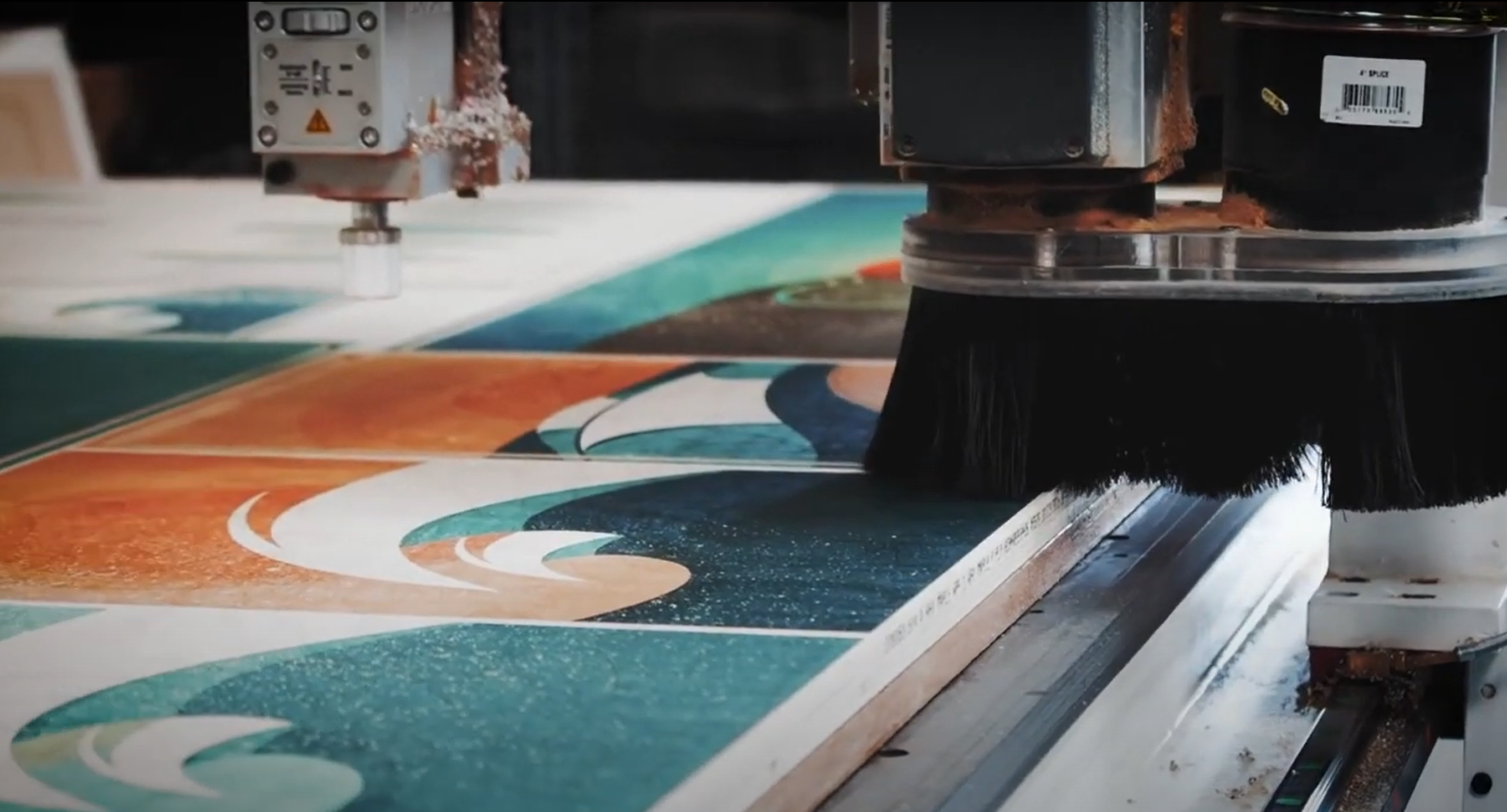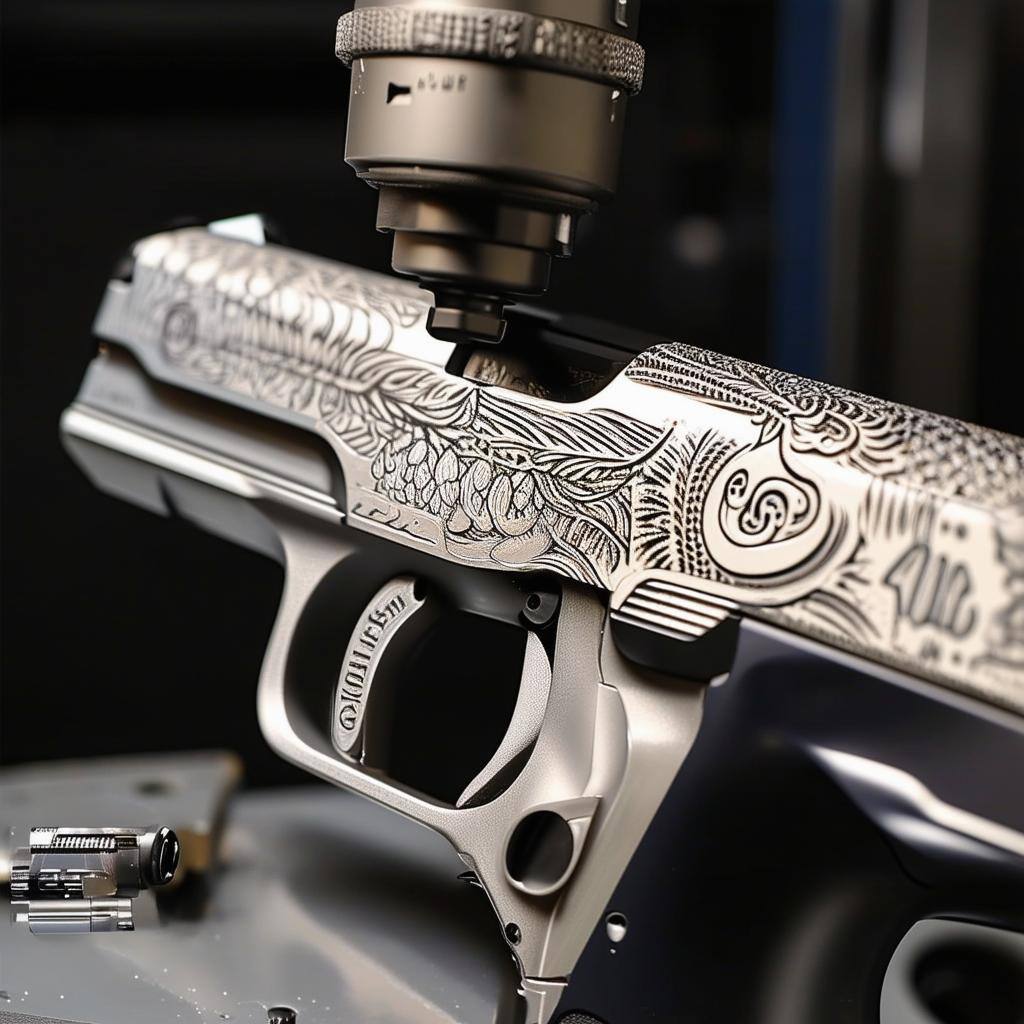Business owners engaged in metal fabrication, woodworking, and similar manufacturing processes know the importance of creating unique and quality pieces. Traditional cutting tools are helpful for this task, but they may lack precision, and small shops and large commercial operations alike may seek more efficient means to ramp up production.
For these companies, CNC machines provide an answer. CNC stands for computer numerical control, meaning a CNC machine enables users to manufacture parts through programming. This guide on CNC for beginners details how to do CNC, key aspects of CNC machining, and navigating potential issues with these machine tools.
What Are the Basics of CNC?
Before getting started with CNC machining, it’s important to understand how the technology works. CNC is subtractive manufacturing, which means you start with raw, solid material and cut from it until you achieve your desired shape.
With computer programming, CNC machining enhances subtractive manufacturing. Using a computer software program, you plan how the part should look and the tool paths required for creating that shape. Then, users begin the CNC machining process per this programming.
CNC machines are becoming more popular for small and large-scale operations for their performance. They help accelerate production and reduce costs by delivering a higher rate of accuracy and consistency while minimizing material waste and reducing the potential for human error.
What Materials Will You Use?
Many CNC machines are designated for specific materials, so establishing your intended use for the tool is critical before beginning. Common materials for CNC machining include wood, plastic, and metals.
To make the best choice, consider the following:
- Industry: From aerospace to automotive, different industries require different materials.
- Cost: Which parts are most in demand? What materials are needed to make these parts? Determining how a CNC machine serves your bottom line helps you decide what you can spend.
- Strain: Some CNC machines subject workpieces to significant heat and stress, so can your materials withstand these conditions?
- Lifespan: How long is the part designed to last? This answer often dictates its materials.
How to Use a CNC Machine for Wood
From cabinets to wood furniture to signage, CNC machines are beneficial for multiple aspects of woodworking. The technology enables you to achieve cleaner cuts and augment processes like engraving, sanding, and joinery. Different types of CNC machines are available for woodworking, including CNC routers and turners, CO2 lasers, and edgebanders.

How to Use a CNC Machine for Metal
When used for metalworking, CNC machines allow machinists to make complicated, intricate cuts with more precision and speed than they may with traditional cutting tools. CNC routers, plasma cutters, fiber markers, and more help with many metal fabrication tasks.
CNC Software Programming
Software programming is integral to the success of CNC machining. Two types of software are involved in the process — computer-aided design (CAD) and computer-aided manufacturing (CAM).

CAD software is where you create sketches of your desired shape. Using gridlines can be helpful when making CAD drawings because they allow you to pinpoint specific measurements. When you’re done prototyping in the CAD program, you save the file and import it to the CAM software. In the CAM program, you go into more detail about the project, including the necessary tools to make cuts and the parameters for each.
From there, you create code the CNC machine will read to follow your instructions. G-code is the primary coding language for CNC machining. It gets automatically created after you input the details from the CAM program. You can skip the CAD/CAM process by entering G-code directly into the CNC machine.
Setting Up Your CNC Machine
Once you upload the G-code into your CNC machine, you can begin. Before pressing start, make sure the raw material is firm in place with clamps or another workholding tool. This ensures the CNC machine cuts accurately and allows for smoother repeatability.
Finally, review your program to verify there are no mistakes. Then you can press start and run the program. You may want to stand by and watch the CNC manufacturing process for the first time. For future projects, you should be able to handle other tasks while the machine is running, provided the material is held securely in place with fixtures.
What Are the Steps for Using a CNC Machine?
Each CNC application will involve different specifications, so certain aspects of the process may take longer than others, and you may need to make modifications as you go along. That said, the following provides a basic outline of the steps you’ll take with CNC machining:
- Designing the desired part via CAD software
- Adapting the design to suit actual manufacturing needs
- Programming the design in CAM software
- Preparing the CNC machine to run the program
- Proofing the program before starting for accuracy
- Inspecting parts to confirm they meet your intended tolerances, dimensions, and other requirements
- Finishing the part with painting, waxing, or other techniques
Styles and Strategies for CNC Machining
In addition to different materials, there are distinct styles of CNC machining that determine which machines work best. Common methods include:
Routers
CNC routers are very versatile and can cut numerous materials, from wood to plastics to foam. You can also cut some metals with CNC routers, but they’re better for woodworking. These machines usually have a horizontal setup with the router bits mounted on a gantry.
Milling Machines
Ideal for metal parts, CNC milling machines are one of the most commonly used. To mill parts, machinists put material on a worktable and use a cutting tool on a rotary spindle to do the job. These machine tools come in two configurations, horizontal and vertical, and can be used for many purposes, including boring and drilling.
Lathes
With CNC lathes, cutting tools remain stationary while a turning apparatus shaves away pieces of the raw material to create the part. Lathes are ideal for parts with radial symmetry or near-radial symmetry.
Multiaxis Machines
Many CNC machines use three linear axes — the x-axis, y-axis, and z-axis. Multiaxis machines combine these axes with the three rotary axes (a, b, and c). This design gives the machine control over the entire part for increased precision with intricate work. They also streamline the production of complex parts requiring more than one step with other cutting techniques.
Common Challenges Machinists Face with CNC
CNC machines not only provide several advantages over conventional cutting tools. They also enhance these instruments in completing harder projects. However, CNC machining can be challenging, especially for those utilizing it for the first time. By recognizing the potential for the following difficulties, you can experience more success with the technology:
Knowledge of Complex Parts
Although CNC machining is often used to make more elaborate parts, machinists need a thorough understanding of the kinds of tools required to manufacture pieces. Similarly, proficiency in programming is necessary to avoid making errors. You should consider the number of axes needed to fabricate the part, as well, because some machines can’t accommodate the right amount for certain projects.
Extra Steps with CNC Machining
CNC machining presents some additional steps to the final part not found in traditional techniques, such as deburring to remove minor imperfections from the workpiece. Depending on the materials used, CNC machining may have aftereffects requiring more time to finish. You may want to account for this additional time during production planning.
Program Processing
It can take more time than anticipated for software coding to process. In some cases, the program may need an upgrade to move faster, or you may seek newer software.
Condition of CNC Machines
While CNC machines are designed for long-lasting use, wear-and-tear can make repairs necessary. As these machines are complex, repair costs can be steep. One way to prevent repairs is by setting up regular maintenance checks and noting signs that can affect the machine and your parts, such as chattering and vibration. Preventative maintenance can also lower production downtime.
Get More Pro Tips from the Experts at Laguna Tools
Once you get started with CNC machining, moving from the design to the programming phase to the manufacturing will become easier. A common question among small and large business owners and skilled home hobbyists is whether or not they can use DIY tutorials to teach themselves CNC. While it’s possible to learn some techniques yourself, it’s better to learn from the experts.
Laguna Tools has garnered a reputation as a leading brand of CNCs, continually developing cutting-edge machinery that remains unrivaled in terms of precision and quality. In addition to delivering a range of CNC machines, we also strive to educate shop owners on the various topics of CNC machining. Contact us today for information on our products and services, or visit our education center for more on how to use a CNC machine.




